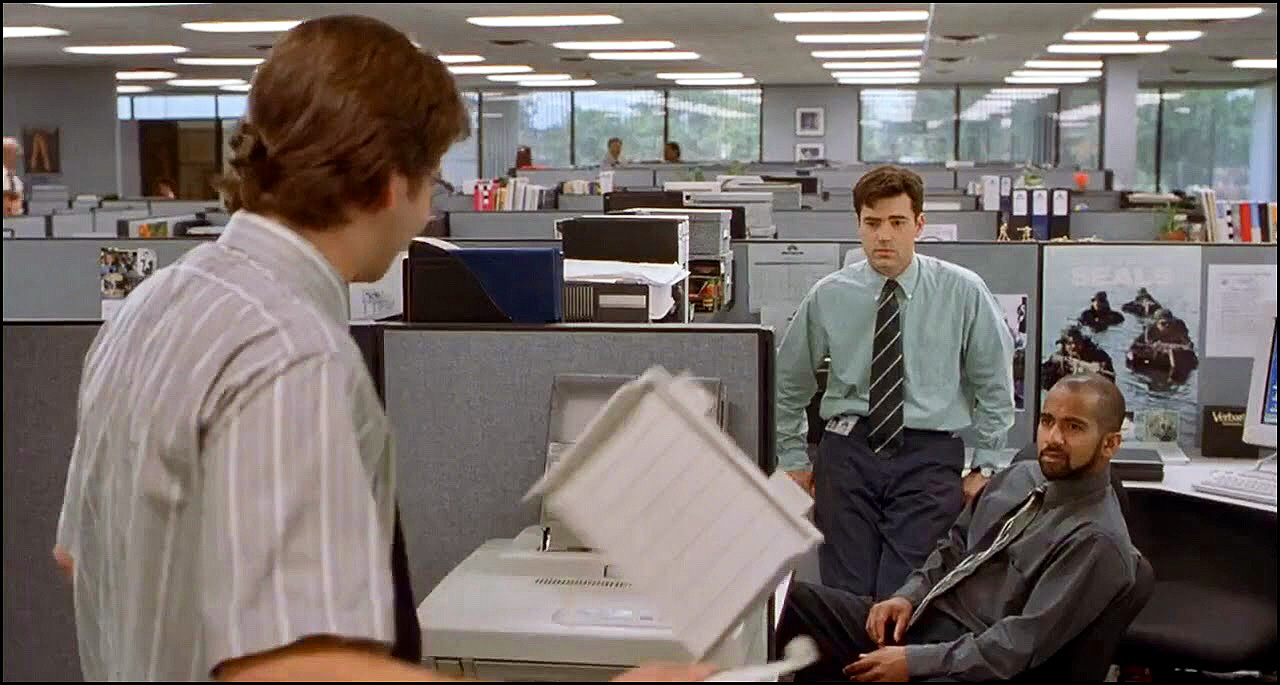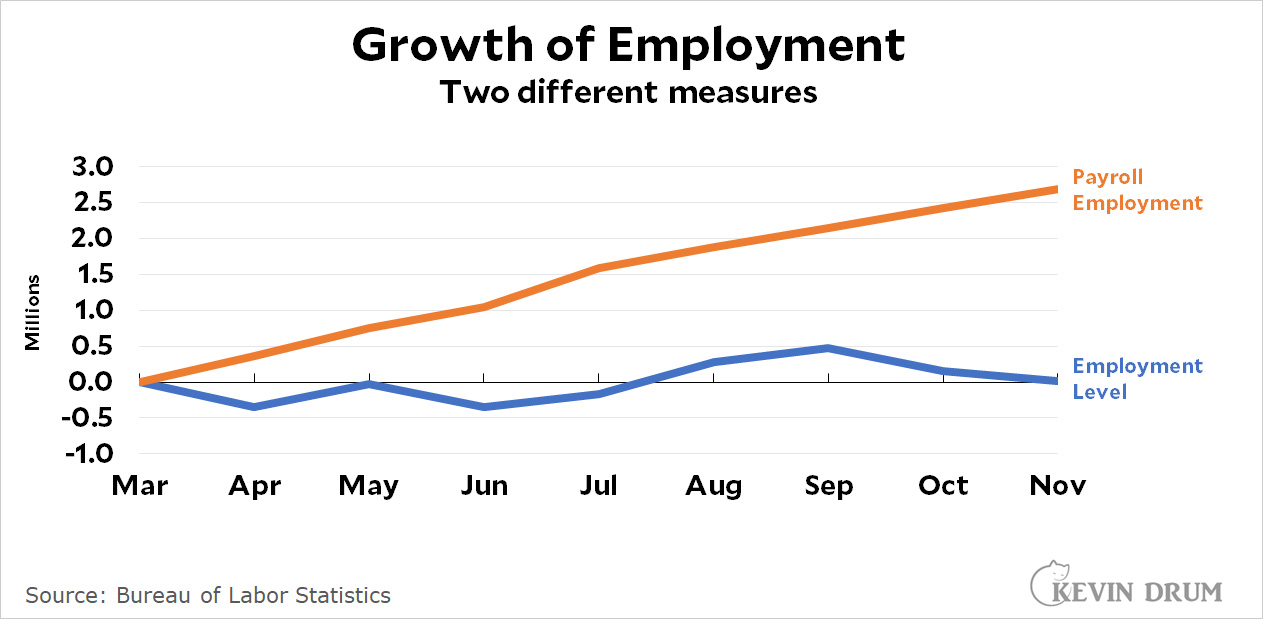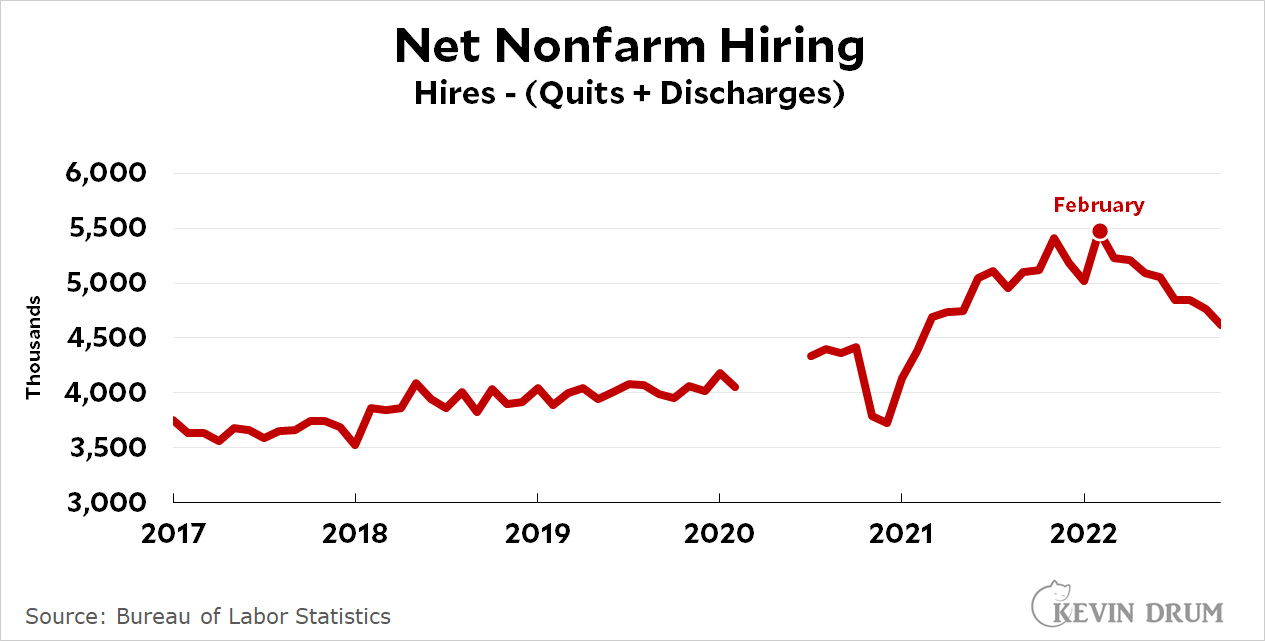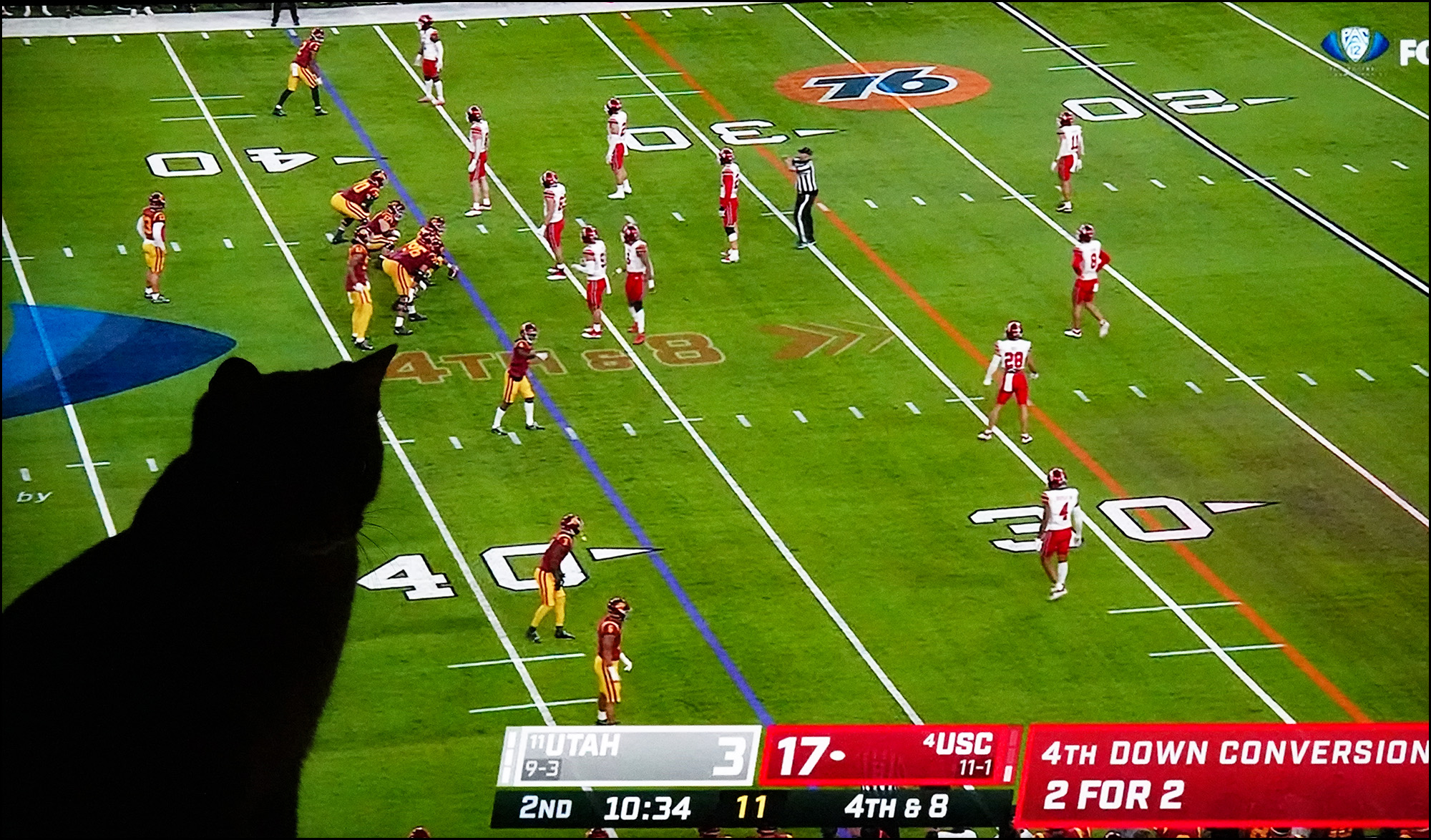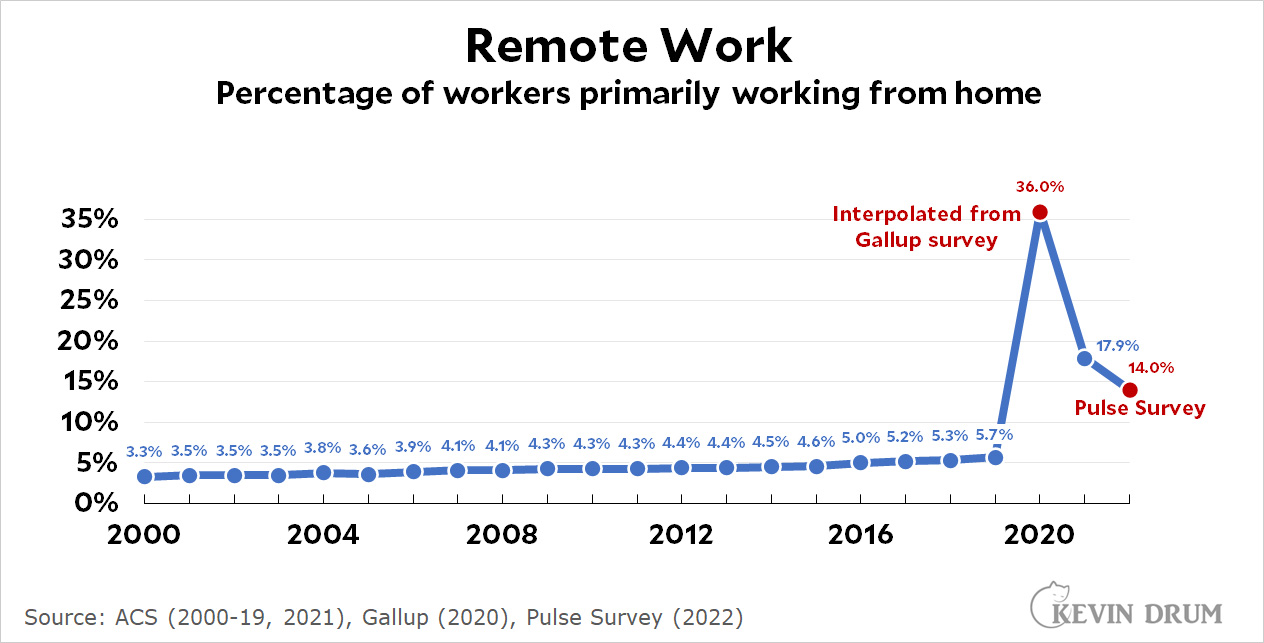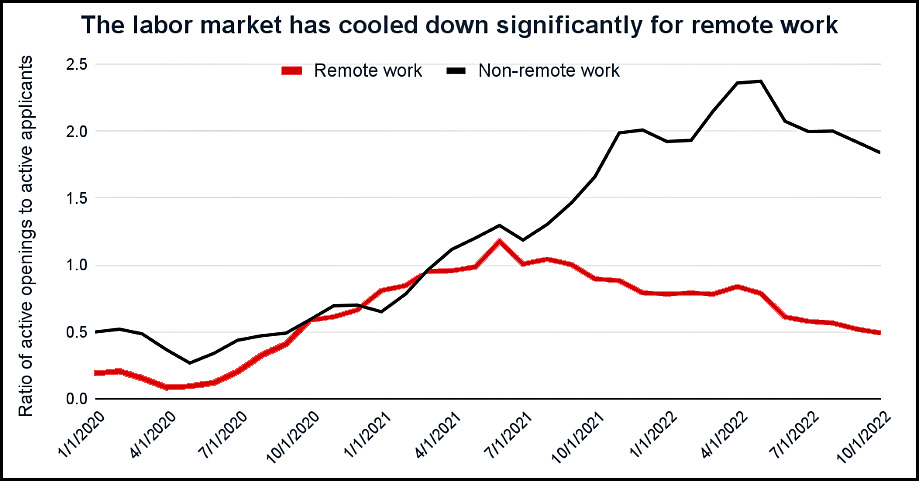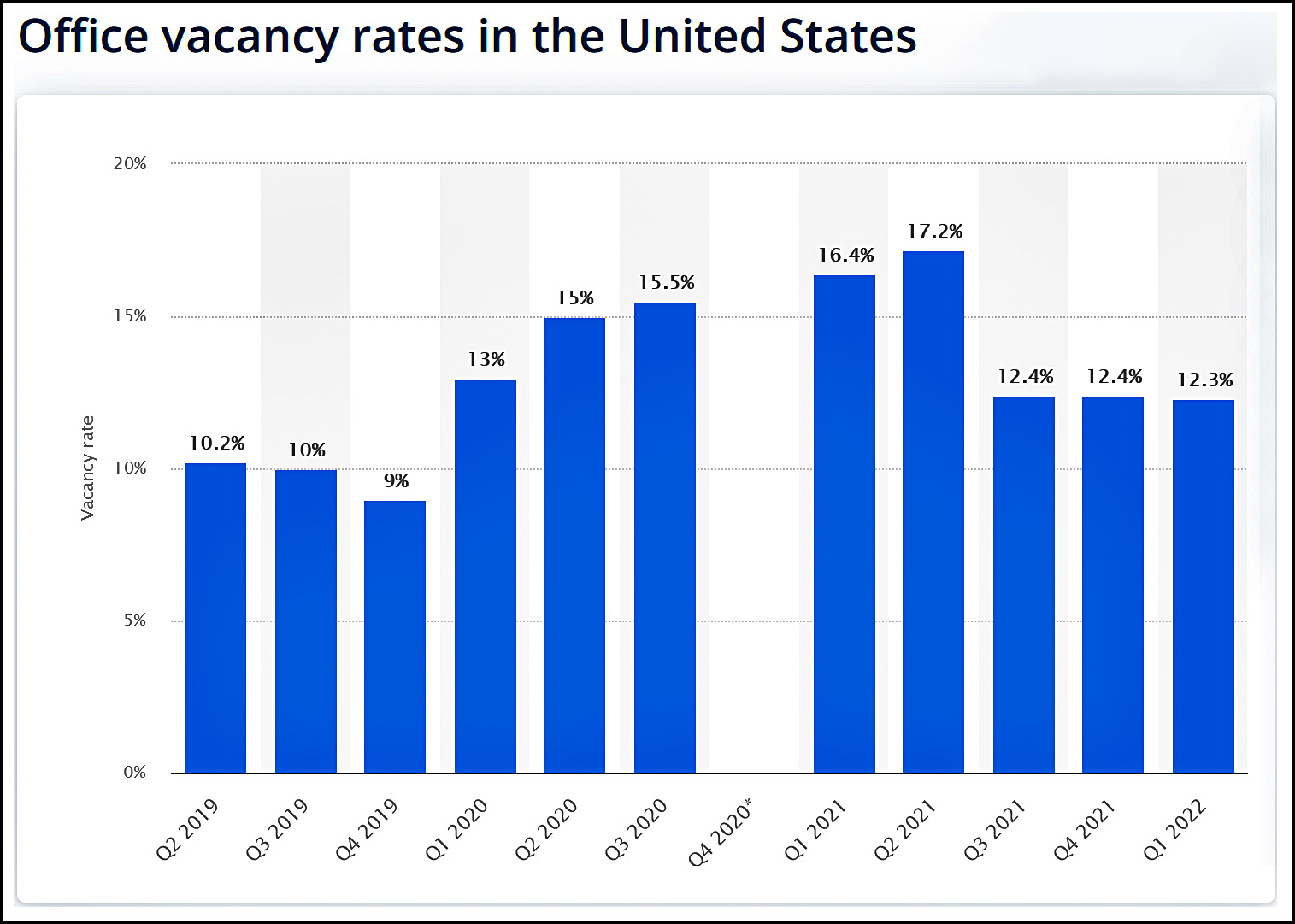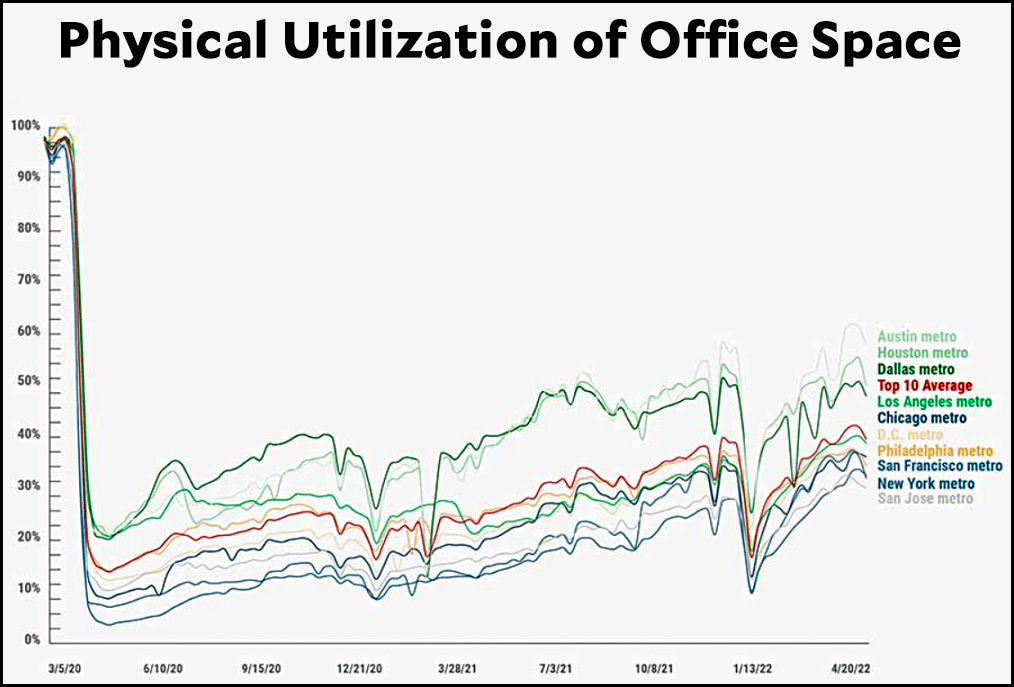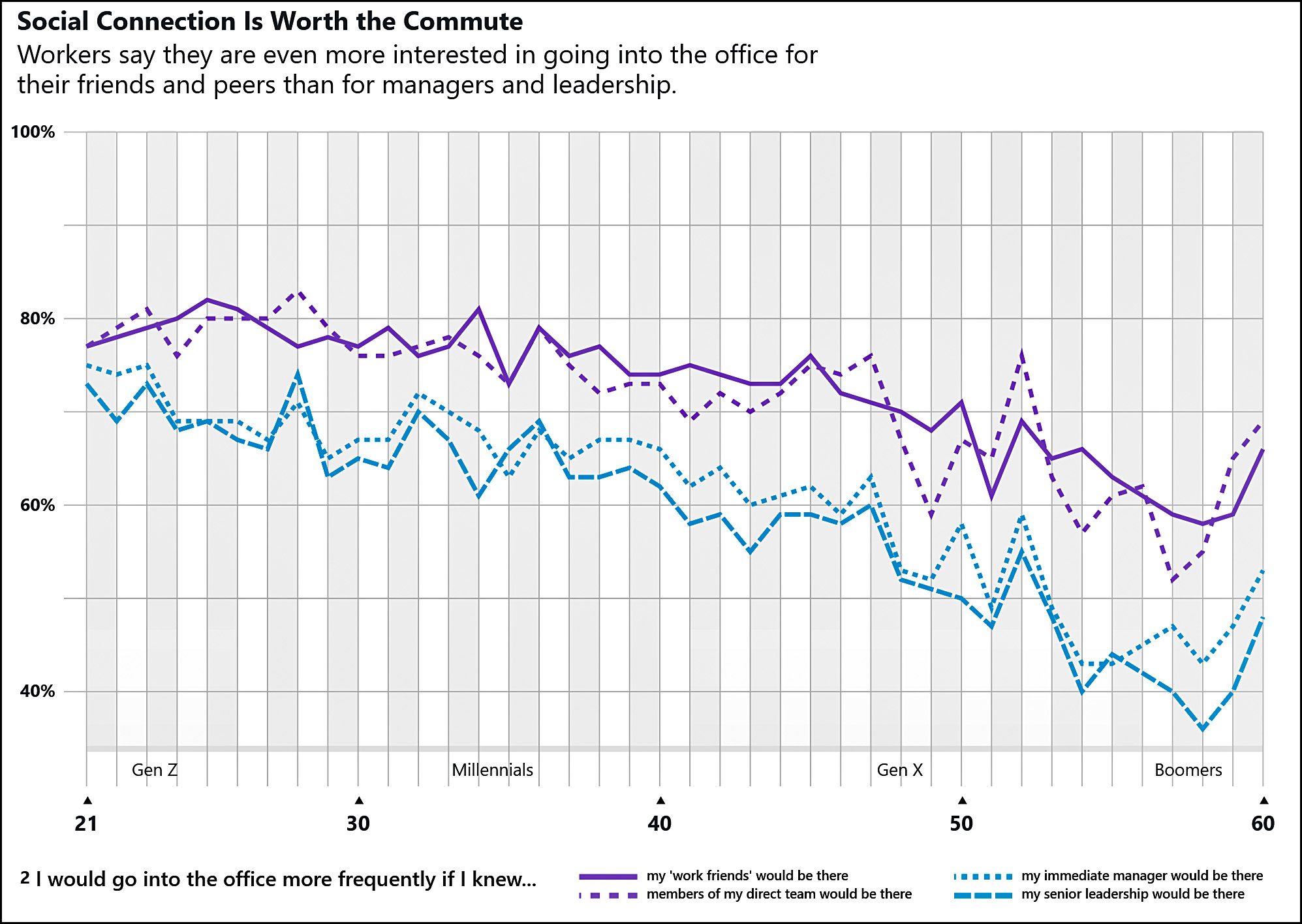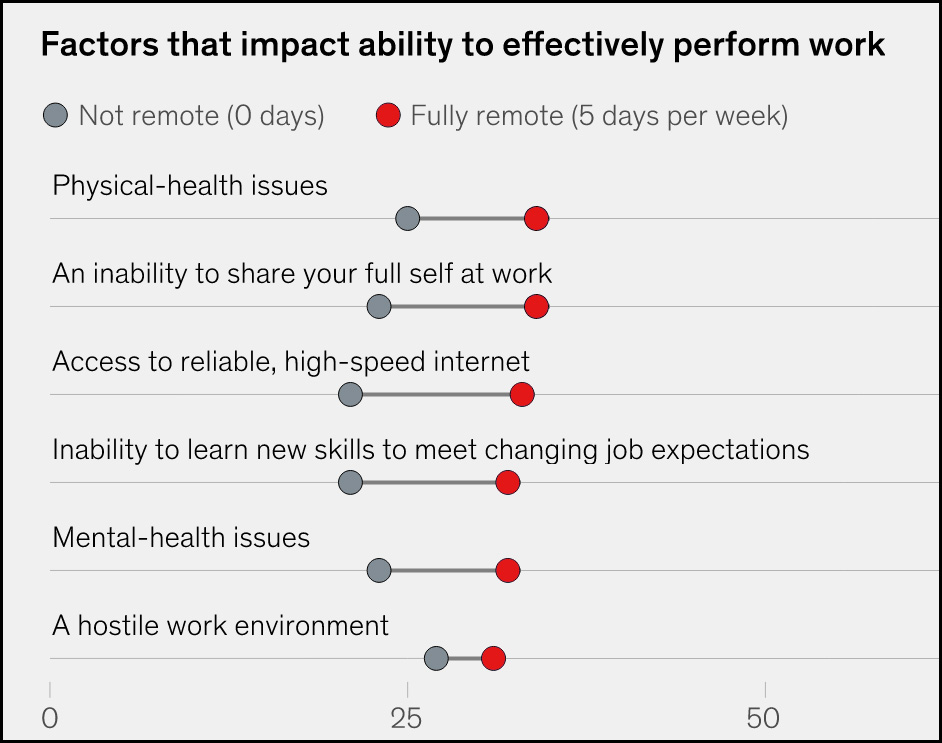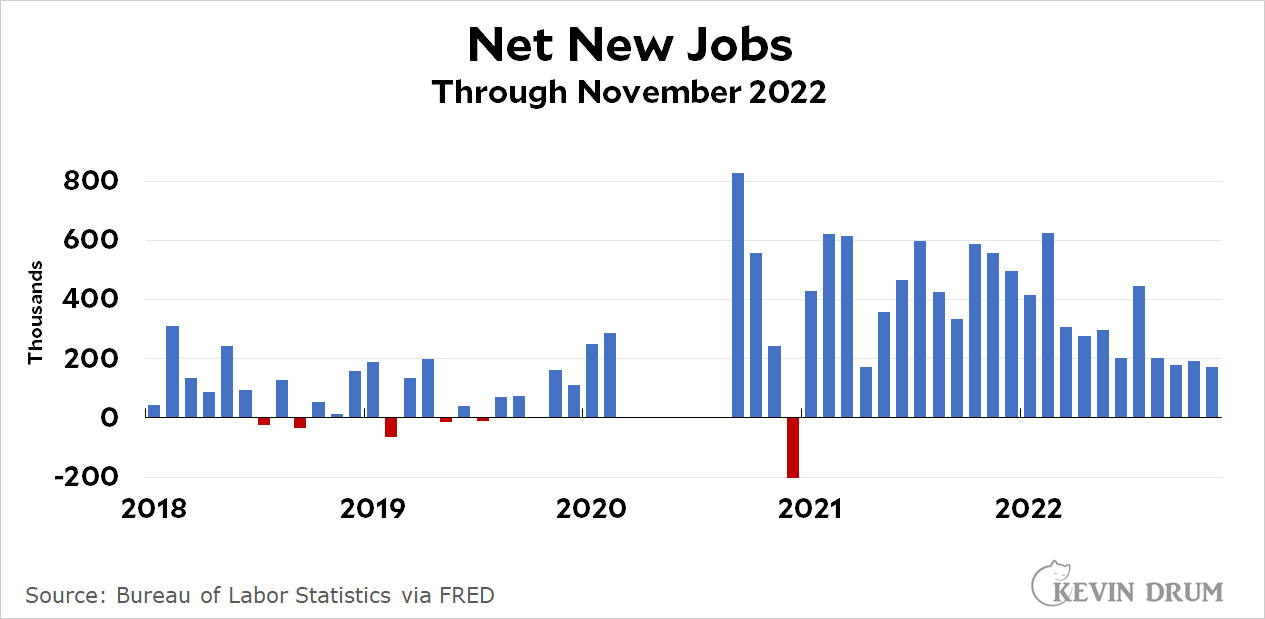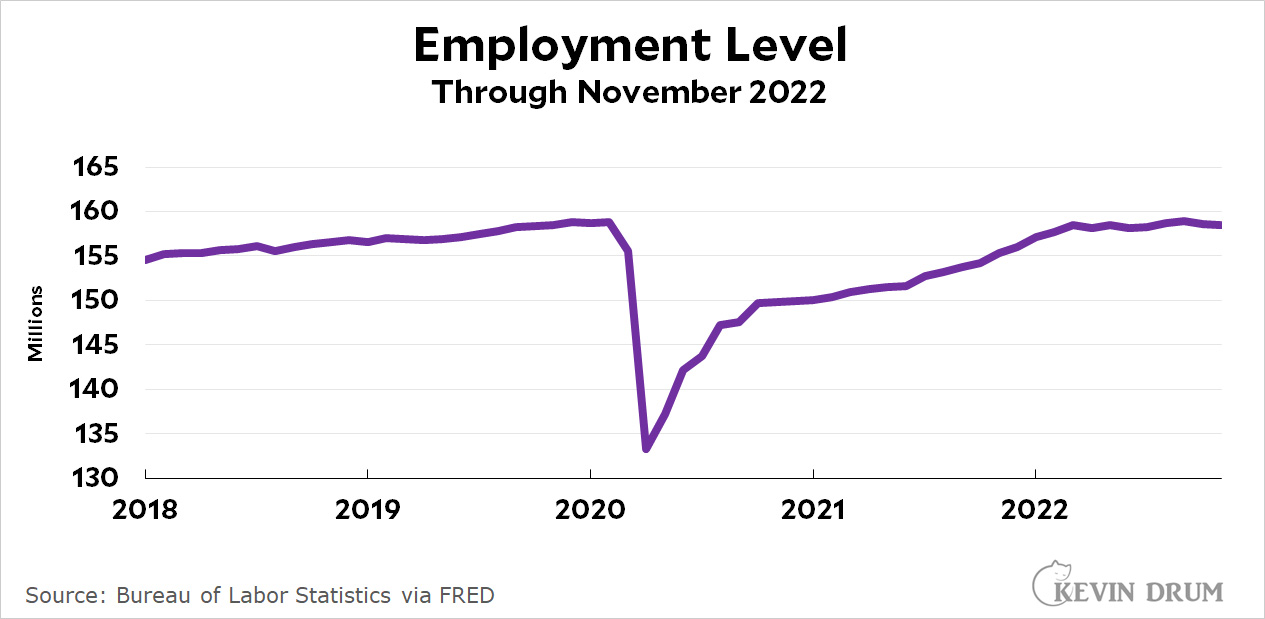If you read the news last night, it looked pretty ordinary. An election in Georgia. War in Ukraine. College football playoffs producing joy and tears.
But if you were on Twitter you would hardly know any of that stuff was happening. Instead, the conversation was overwhelmingly about the actions of Twitter itself during a 24-hour period at the tail end of the 2020 presidential campaign. We'll get to that in a moment, but first, here's my best crack at a super-short bit of background.
Hunter Biden, Joe's son, has led a precarious life. He did lots of drugs. He traded on his name. He got himself involved in lots of dubious enterprises with lots of dubious partners. At one point he held a sketchy but well-paid board position with Burisma, a Ukrainian energy company.
But this was not the wartime Ukraine of today, led by the valiant Volodymyr Zelensky and supported by all right-thinking foes of Vladimir Putin. It was the shockingly corrupt Ukraine that existed in the wake of, first, the Orange Revolution, and then the Maidan Uprising. It is the Ukraine that formed the background of Donald Trump's first impeachment.
At the time our story starts properly (2015-16) the official position of the Obama administration was to pressure Ukraine to rein in its endemic corruption, and in particular to fire chief prosecutor Viktor Shokin. Obama made Joe Biden, then vice president, the point man for this, a job that Biden took on with his usual gusto. Eventually Shokin was fired and the US agreed to release aid funding.
Republicans then invented a story about this: namely that the real reason Joe Biden wanted Shokin fired was because Shokin was investigating Burisma and was likely to find some dirt on Hunter. The reality, unsurprisingly, was just the opposite: Shokin wasn't investigating Burisma at the time and posed no danger to Hunter. However, the new prosecutor did investigate Burisma, although he says he never found anything about Hunter. This all happened during the Trump administration, when Joe Biden was entirely out of power.
Are you with me so far? Now let's fast forward to October 2020, just before the presidential election. At the time, Trump allies had been working for months trying to sell a story to the nation's press. Unfortunately, nobody would take it. Finally, feeling panicked that the story might never appear—and having run out of alternatives—Rudy Giuliani offered it to the New York Post and they agreed to publish it.
The story turned out to be bizarre in several ways. First, the lead reporter who worked on it refused to allow his byline to be used. He just didn't feel the story was credible. Second, the story was all about Hunter Biden and was based on a mysterious hard drive that was allegedly full of his emails.
But where did the hard drive come from? The Post explained that an unknown customer had dropped off a broken laptop for repair at a shop in Delaware. It was never picked up and apparently the customer never even left his name so the shop owner could contact him. Very peculiar. Eventually, for reasons that are unclear, the shop owner gave the laptop to the FBI, but first he made a copy of the hard drive, which—again, for unclear reasons—he turned over to Giuliani's lawyer.
This is . . . a very sketchy story at best. But that's the story they had, so that's the story the Post published. The rest of the media remained reluctant to publish anything because they couldn't verify the whole story no matter how hard they tried. The problem was that Giuliani resolutely refused to turn over a copy of the hard drive, which made it impossible to forensically analyze it, and without that there was nothing to go on. Maybe it was a fake. Maybe it was a Russian plant. In any case, why on earth would the guy who wants the story publicized refuse to make the hard drive available to reporters?

While the rest of the media pondered this and tried to follow up the laptop story, executives at Twitter made an even more momentous decision. They went beyond merely declining to follow up the Post story. They decided to ban anyone on Twitter from even linking to the Post story.
Finally! We're now up to the present day and the eye of Sauron turns away from Hunter Biden and squarely onto Twitter, which was recently acquired by tycoon/showman Elon Musk. And Musk's supporters wanted answers. Why did Twitter ban links to the Post story? Were they in the tank for Hunter Biden? Currying favor with the Joe Biden campaign? Trying to do anything they could to hurt Donald Trump?
So Musk announced that, by God, he was going to get to the bottom of the whole sordid affair. He hired Matt Taibbi, a muckraking but hard-to-describe journalist, to investigate and gave him access to all of Twitter's internal emails and chat logs from around the time the decision was made. Taibbi dived in, and on Friday published his findings in the form of a long tweet thread.
So what bombshells did Taibbi expose during his tweet-by-tweet unveiling on Friday afternoon? Would you believe me if I said none?
Probably not, so let's go through what Taibbi found:
- People sometimes ask Twitter to remove tweets.
- In particular, presidential campaigns do this.
- In particular particular, Joe Biden's campaign periodically asked Twitter to remove some tweets. Taibbi has a screen shot of one of the emails they sent.
- In that case, the tweets turned out to be nude pictures of Hunter Biden. Twitter agreed to remove them because they were basically revenge porn, which Twitter doesn't allow.
- When the Post story came out, Twitter execs engaged in a fairly normal, low-key conversation about what they should do. For various and obvious reasons, they thought the whole thing looked like a ratfuck and was quite possibly based on hacked material, which violated their rules.
- So they banned links to the Post story. Then they spent the next day tying themselves in knots over whether they had done the right thing. Within 24 hours they changed their mind and rescinded the ban.
- Neither the FBI nor the Biden campaign was involved in any of this.
Long story short, it turned out the material wasn't hacked and didn't violate Twitter's policies. The Twitter execs never displayed any kind of partisan bias here, but they did show some poor judgment. And even that's pretty understandable given the plain and obviously fishy nature of the Post story.
On a partisan note, I'll add that this whole thing was obviously an attempt to recreate the Great Comey Letter scandal of 2016, when a last minute bombshell about Hillary Clinton's emails sank her chances to beat Donald Trump. The Trumpies desperately wanted to replicate that stunning, last-minute victory, something that Rudy Giuliani all but admitted on national TV. The national press was keenly aware of all this, which makes it hardly surprising that they were reluctant to give the story much oxygen.
And where are we with the Hunter laptop story today? Same as always, I'd say. Most of the juicy details—drug use, dick pics, money problems, 10% for the "big guy," etc.—have been public for a long time. Hunter has been under investigation for tax problems for a few years, and charges might drop soon. But even if they do, there's simply never been anything implicating Joe Biden in any of it.
There still isn't, but Republicans have announced that they plan to hold Benghazi-style hearings about the Hunter Biden laptop as soon as they take over the House in January. Once again, they're trying to relive past triumphs because they have nothing else on tap. Good luck to them.

